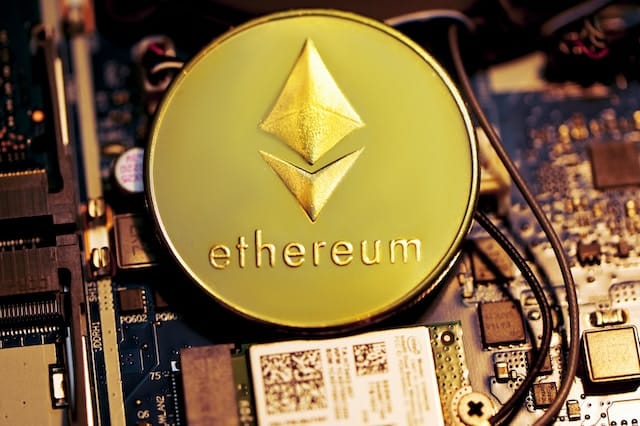The Cyptocurrency landscape is ever evolving, with predictions and analyses emerging from various corners of the industry. One such intriguing forecast has recently been made by Matrixport, a prominent cryptocurrency services provider. In a statement, the firm has shed light on what the Bitcoin market might look like in 2024.
Matrixport’s Bold Claim
Matrixport’s recent statement has stirred the crypto community. While many have been speculating about the short-term price movements of Bitcoin, Matrixport has taken a leap into the future, suggesting a significant bullish trend for Bitcoin in 2024. The specifics of this “real bull” remain a topic of curiosity. Is it related to Bitcoin’s price, adoption rate, technological advancements, or something entirely different? The details are eagerly awaited.
Why 2024?
For those familiar with Bitcoin’s mechanics, 2024 is a significant year. It marks the next Bitcoin halving event, a process where the rewards for mining new blocks are halved, effectively reducing the new supply of Bitcoin entering the market. Historically, halving events have been followed by substantial bull runs. The previous halving’s in 2012, 2016, and 2020 were all followed by significant price surges. If history is any indicator, 2024 might indeed be a pivotal year for Bitcoin’s price trajectory.
The Broader Perspective
Matrixport’s prediction aligns with the optimistic outlook many industry experts hold for Bitcoin. As institutional interest grows and technological advancements in the blockchain sector continue, Bitcoin’s potential to reach new heights seems plausible. Moreover, with increasing global adoption and recognition of cryptocurrencies, the stage seems set for Bitcoin to shine brighter than ever.
Conclusion
While predictions about the future are inherently uncertain, they provide valuable insights into the prevailing sentiments and expectations in the industry. Matrixport’s bullish outlook for Bitcoin in 2024 serves as a reminder of the cryptocurrency’s potential and the exciting developments that lie ahead.





